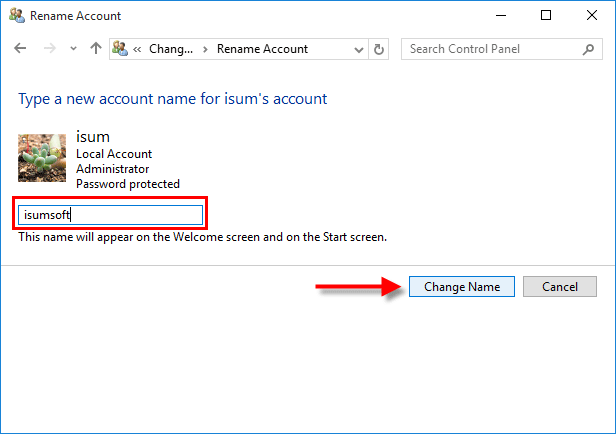

If you're already using MS Teams, there's a high chance that you've already created your first groups and/or have been invited to one or more groups as a standard User or Guest User. If you want to know more about MS Teams and the required steps to perform the switch from the previous platform, I strongly suggest to take a look at this great Skype for Business to Microsoft Teams upgrade path guide. The new version combines persistent workplace chat, video meetings, file storage (including collaboration on files): on top of that, it's fully integrated with the other Microsoft 365 products - including Office 365 - and is open to third-party extensions that will allow further integrations even with non-Microsoft products. The reasons for such great enthusiasm are easily explained: MS Teams undoubtedly represents an excellent step forward, especially if we compare it to its previous iteration - Skype for Business, which will be retired on July 31, 2021, as explained by this announcement of the Microsoft Teams blog. Microsoft Teams vs Slack daily usage chart

/ChangeUserName-597facadaad52b0010476b13.jpg)
In the unlikely case you don't, there's a high chance you'll be invited to a Microsoft Teams group in the near future, as we're talking of one of the most successful communication platforms, at least in terms of growth rate: 13 millions daily active users, 53 languages across 181 markets, and a huge amount of customers around the planet, including Emirates, FedEx, Lexmark, Adecco, KONE, McCann, and many other players worldwide. Are you a Microsoft Teams user? If you came across this article, the answer is probably yes.


 0 kommentar(er)
0 kommentar(er)
